Eric Pardede
Scalable Teacher Forcing Network for Semi-Supervised Large Scale Data Streams
Jun 26, 2021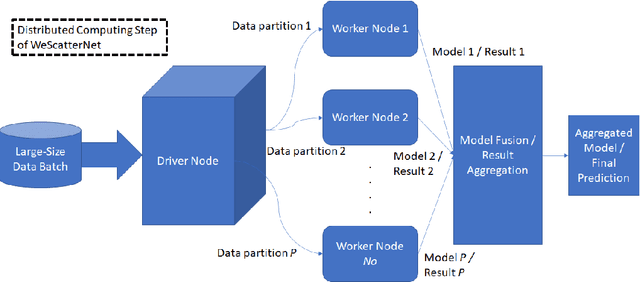
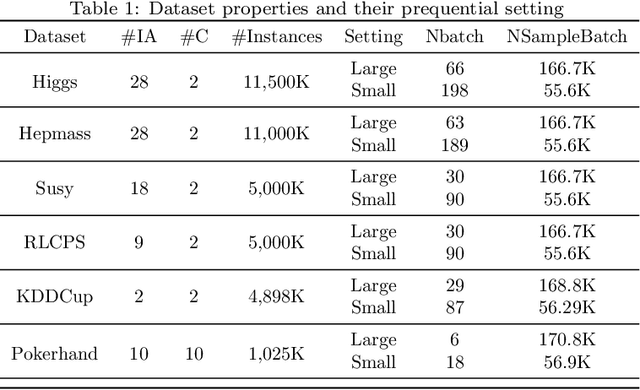
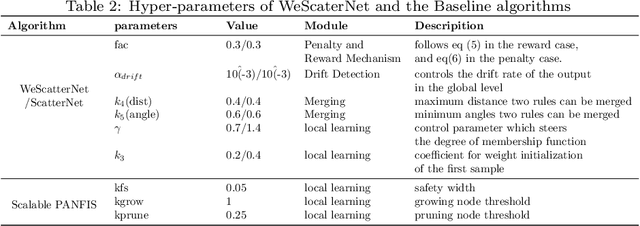
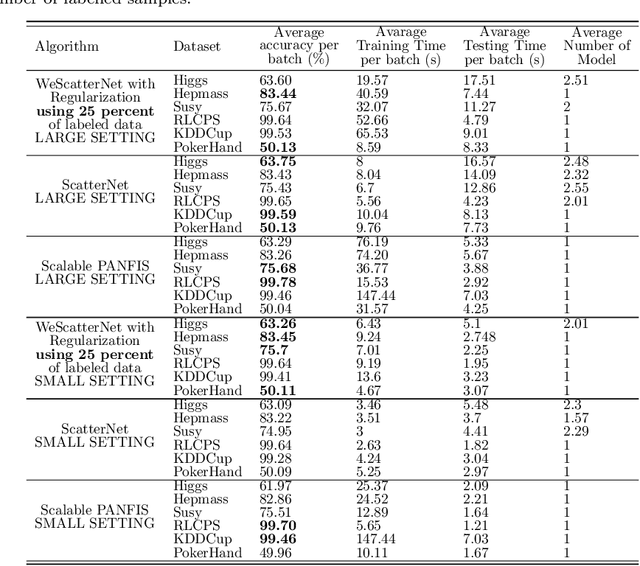
Abstract:The large-scale data stream problem refers to high-speed information flow which cannot be processed in scalable manner under a traditional computing platform. This problem also imposes expensive labelling cost making the deployment of fully supervised algorithms unfeasible. On the other hand, the problem of semi-supervised large-scale data streams is little explored in the literature because most works are designed in the traditional single-node computing environments while also being fully supervised approaches. This paper offers Weakly Supervised Scalable Teacher Forcing Network (WeScatterNet) to cope with the scarcity of labelled samples and the large-scale data streams simultaneously. WeScatterNet is crafted under distributed computing platform of Apache Spark with a data-free model fusion strategy for model compression after parallel computing stage. It features an open network structure to address the global and local drift problems while integrating a data augmentation, annotation and auto-correction ($DA^3$) method for handling partially labelled data streams. The performance of WeScatterNet is numerically evaluated in the six large-scale data stream problems with only $25\%$ label proportions. It shows highly competitive performance even if compared with fully supervised learners with $100\%$ label proportions.
* This paper has been accepted for publication in Information Sciences
Evolving Large-Scale Data Stream Analytics based on Scalable PANFIS
Jul 18, 2018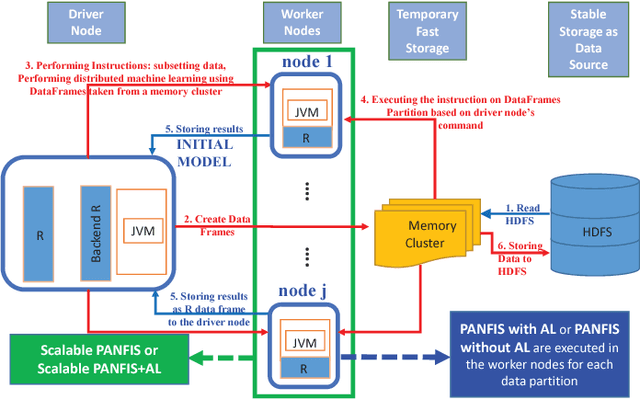
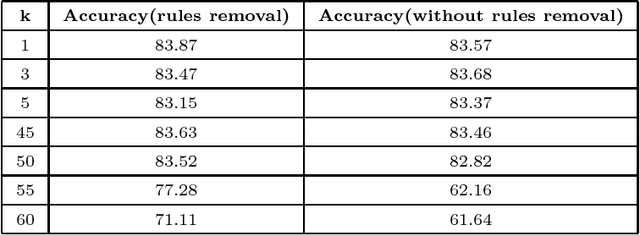
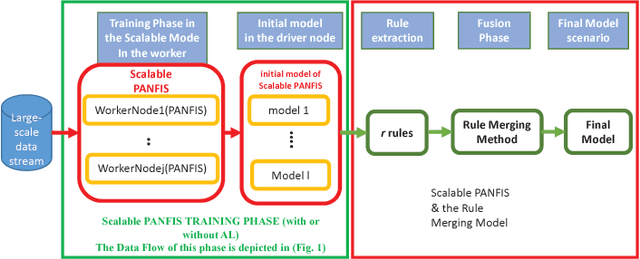
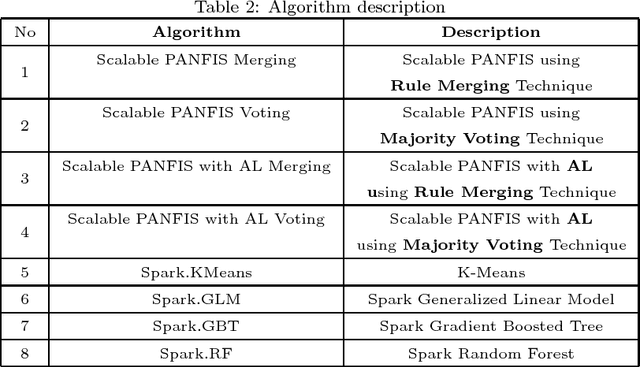
Abstract:Many distributed machine learning frameworks have recently been built to speed up the large-scale data learning process. However, most distributed machine learning used in these frameworks still uses an offline algorithm model which cannot cope with the data stream problems. In fact, large-scale data are mostly generated by the non-stationary data stream where its pattern evolves over time. To address this problem, we propose a novel Evolving Large-scale Data Stream Analytics framework based on a Scalable Parsimonious Network based on Fuzzy Inference System (Scalable PANFIS), where the PANFIS evolving algorithm is distributed over the worker nodes in the cloud to learn large-scale data stream. Scalable PANFIS framework incorporates the active learning (AL) strategy and two model fusion methods. The AL accelerates the distributed learning process to generate an initial evolving large-scale data stream model (initial model), whereas the two model fusion methods aggregate an initial model to generate the final model. The final model represents the update of current large-scale data knowledge which can be used to infer future data. Extensive experiments on this framework are validated by measuring the accuracy and running time of four combinations of Scalable PANFIS and other Spark-based built in algorithms. The results indicate that Scalable PANFIS with AL improves the training time to be almost two times faster than Scalable PANFIS without AL. The results also show both rule merging and the voting mechanisms yield similar accuracy in general among Scalable PANFIS algorithms and they are generally better than Spark-based algorithms. In terms of running time, the Scalable PANFIS training time outperforms all Spark-based algorithms when classifying numerous benchmark datasets.
* 20 pages, 5 figures
 Add to Chrome
Add to Chrome Add to Firefox
Add to Firefox Add to Edge
Add to Edge